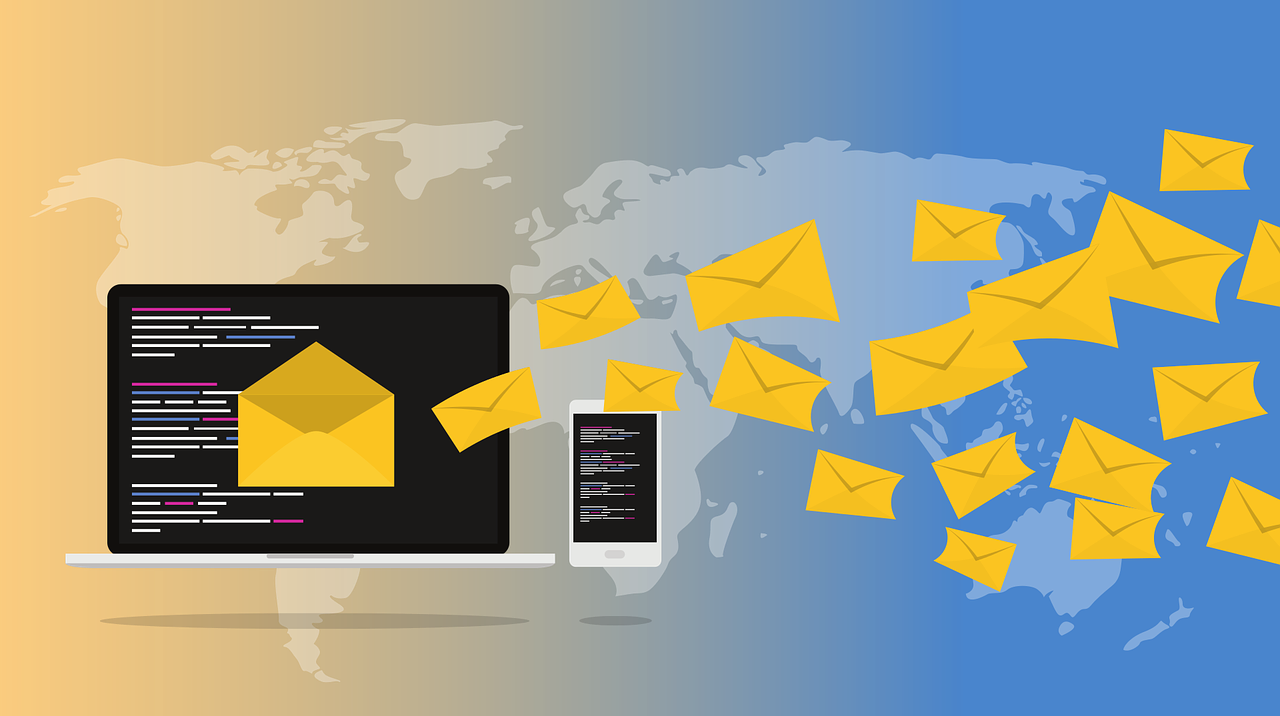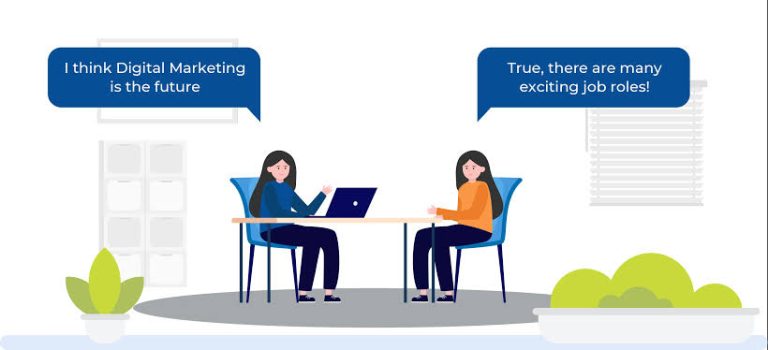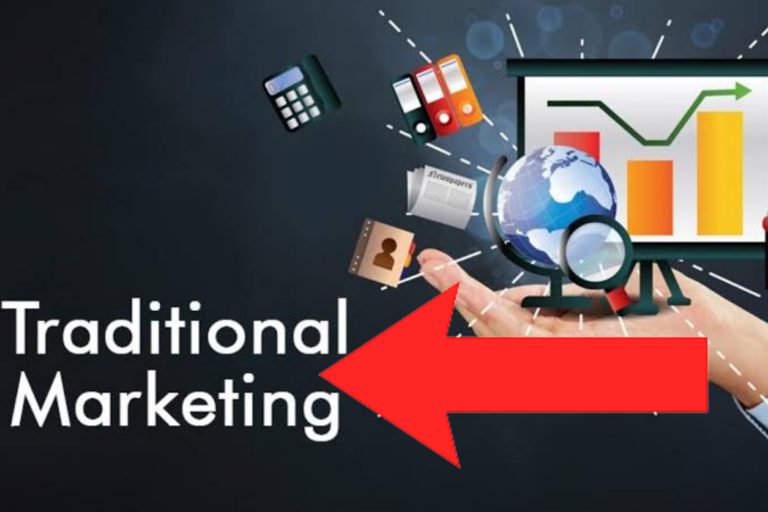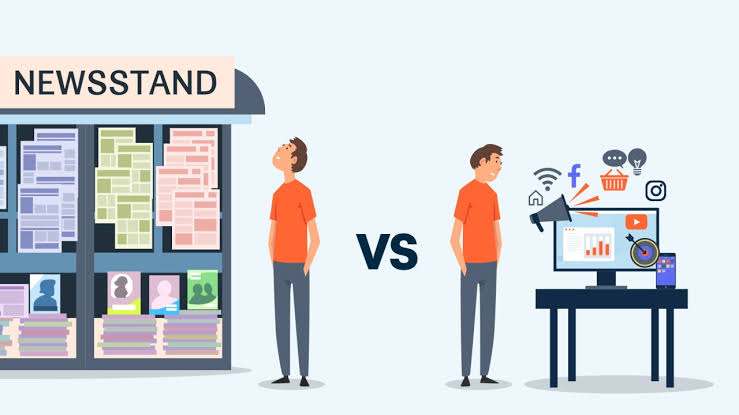Email Marketing Trends for 2024/2025

In the ever-evolving realm of digital marketing, email marketing remains a stalwart channel for businesses to connect with their audience. As we step into 2024, the landscape of email marketing is poised for significant shifts. Let’s delve into the key trends that will shape the email marketing sphere in the coming year and beyond.
1. Personalization Takes Center Stage
Personalized communication has become more than a buzzword; it’s a necessity. Brands are leveraging customer data to craft tailor-made email content, ensuring each interaction resonates with the individual. From personalized subject lines to product recommendations based on past purchases, the era of one-size-fits-all emails is fading.
2. Interactive Email Content
Emails are no longer static messages; they are becoming interactive experiences. Elements like polls, quizzes, and clickable features within emails are gaining traction. Interactive content not only boosts engagement but also provides valuable insights into customer preferences and behaviors.
3. Artificial Intelligence in Email Marketing
The integration of Artificial Intelligence (AI) is revolutionizing email marketing strategies. AI algorithms analyze vast amounts of data to predict customer behavior, enabling marketers to send hyper-personalized emails. From automated product recommendations to predictive content, AI is enhancing the relevance of email campaigns.
4. Privacy Concerns and Transparency
With increasing concerns about data privacy, transparency in communication is paramount. Marketers must adopt transparent practices, clearly outlining how customer data is used. Building trust through ethical data handling practices is crucial for maintaining strong customer relationships.
5. Mobile Optimization
The ubiquitous use of mobile devices necessitates a focus on mobile optimization. Responsive design and mobile-friendly content are no longer optional but essential for reaching audiences effectively. Marketers must ensure that their email campaigns are seamlessly accessible on various screen sizes.
6. Automation Beyond Basics
Basic email automation is evolving into sophisticated workflows that map the entire customer journey. Advanced automation tools enable marketers to deliver timely and relevant content at every touchpoint, enhancing efficiency and providing a seamless experience for the audience.
7. Visual Storytelling Through Emails
The power of storytelling is being harnessed through visual elements in emails. From captivating images to embedded videos and GIFs, brands are utilizing visuals to convey their narratives effectively. Visual storytelling enhances brand personality and fosters a deeper connection with the audience.
8. User-Generated Content in Emails
Authenticity is key in the current marketing landscape. Brands are incorporating user-generated content into their email campaigns, showcasing real experiences and testimonials from customers. Encouraging user participation not only builds trust but also creates a sense of community around the brand.
9. Segmentation and Targeting Refinement
Precise audience segmentation is becoming more critical for effective targeting. Marketers are refining their segmentation strategies based on customer behavior, ensuring that emails are tailored to specific segments. This level of personalization leads to higher conversion rates and improved customer satisfaction.
10. Metrics Beyond Open and Click Rates
While open and click rates remain essential metrics, marketers are expanding their analytical focus. Customer Lifetime Value (CLV) is gaining prominence as a more comprehensive measure of campaign success. Additionally, incorporating qualitative data into analytics provides a more nuanced understanding of audience engagement.
11. Sustainability in Email Marketing
Environmental consciousness is shaping marketing practices, including email marketing. Brands are adopting sustainable email marketing practices, such as optimizing energy consumption in data centers and reducing carbon footprints. Communicating eco-friendly initiatives resonates positively with environmentally conscious consumers.
12. Emerging Technologies Impacting Email Marketing
Looking ahead, emerging technologies will play a pivotal role in shaping email marketing. Blockchain is enhancing the security and transparency of email communications, while augmented reality is adding an immersive dimension to email content. Staying abreast of these technological advancements will be crucial for staying competitive.
13. Adapting to Changing Consumer Behavior
Understanding and adapting to shifts in consumer behavior is a constant challenge for marketers. Aligning email strategies with changing preferences, whether it’s the preference for video content or a shift in shopping habits, is essential for staying relevant in the market.
Conclusion
As we navigate the dynamic landscape of email marketing in 2024 and beyond, it’s evident that staying updated with emerging trends is not just an option but a strategic imperative. From the rise of AI to the emphasis on sustainability, marketers must embrace these shifts to create impactful and resonant email campaigns.
FAQs
Q1: How can I enhance the personalization of my email campaigns?
A: Utilize customer data effectively, crafting personalized subject lines, and incorporating dynamic content based on individual preferences.
Q2: What role does AI play in email marketing?
A: AI enhances email marketing by predicting customer behavior, automating personalized recommendations, and optimizing overall campaign performance.
Q3: Why is user-generated content important in email campaigns?
A: User-generated content adds authenticity, showcasing real experiences and building trust among your audience.
Q4: How can I measure the success of my email campaigns beyond open and click rates?
A: Consider metrics like Customer Lifetime Value (CLV) and incorporate qualitative data to gain a more comprehensive understanding of audience engagement.
Q5: What steps can I take to make my email marketing more sustainable?
A: Optimize energy consumption in data centers, reduce carbon footprints, and communicate eco-friendly initiatives to resonate with environmentally conscious consumers.






